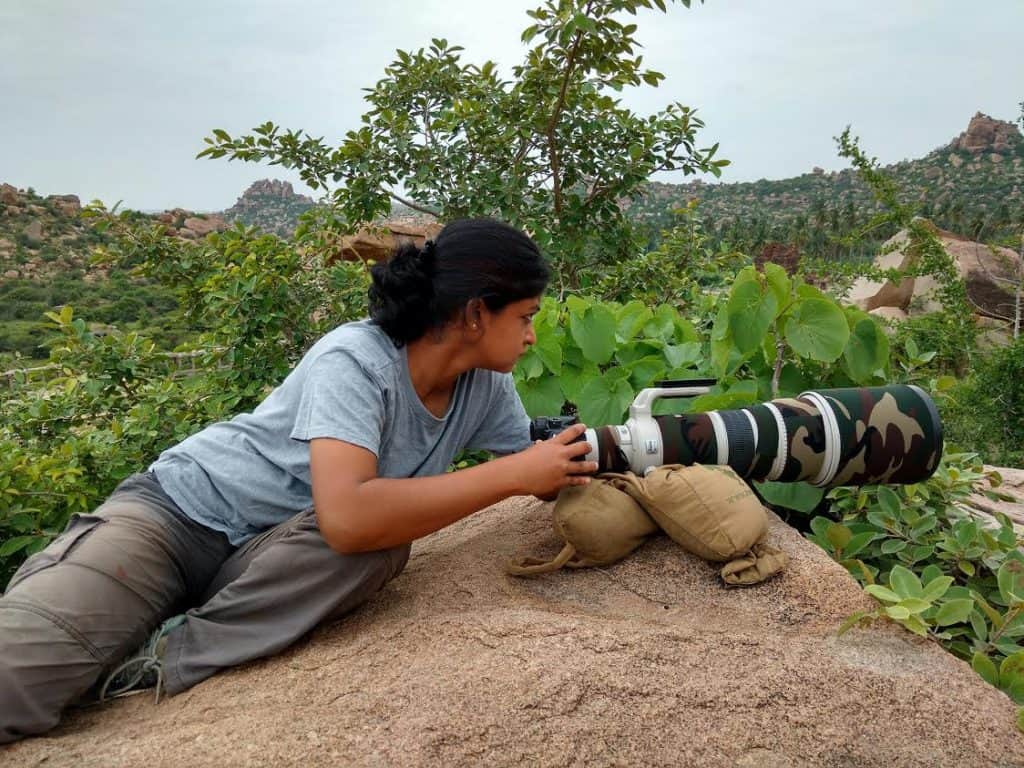There was a time when menstruating women were asked to ‘sit’ separately during ‘those’ days – they would not enter the kitchen or go to the market or fill water from the well or do any work. It was like being in the naughty corner for 3-4 days. It probably gave the over-burdened women a restful break every month.
Times have changed and women cannot take (nor do they want to take) those kinds of breaks. All the leak-lock technologies, long-absorbing gels and ultra-thin-extra-large sizes in sanitary pads — at the end of the day, they are still restrictive.
Reusable menstrual cups have come as a saviour to women like us who despite all the multi-tasking and whining, enjoy every bit of what we do. We are rid of the rashes, itchiness and chafing. What’s even better, We are rid of the guilt of contributing to the ever-worsening garbage crisis around us.
But most of all, using the menstrual cup is a liberating experience – when inserted correctly, we do not feel anything! The cup sits inside the vagina, which has far fewer nerve endings (10%, according to Discovery Health) than the outer one-third of the vagina. Also, the cup forms a suction with the mouth of the cervix which ensures no leakages. This makes it possible for a ‘cupster’ to swim, exercise, run, hike, cycle and even do a head stand during periods.
Chitra Praneeth is an avid hiker. Often on long hiking trips, menstruating women are advised to dig a pit and bury the soiled sanitary pads in jungles/mountains. She is happy to have discovered the menstrual cup so she doesn’t have to carry a huge stash of sanitary pads in her backpack. Nor does she leave behind unwanted gifts for animals on every hiking trip. All she needs is a cap-full of water to wash the cup every once in a while.
Sugandhi Gadadhar is a film-maker. Her assignments lead her to varied landscapes – from rural areas to deserts, from highways to beaches. In many of these places there are no toilets, sometimes there are make-shift toilets, sometimes pits and other times there are no dustbins to dispose of the soiled sanitary pads. With the menstrual cup, every outdoor shoot is stress-free and unfettering for Sugandhi.
Aruna comes from a lower economic background. She has worked as household help, as cook, as an ironing service provider and is currently working in operations in an organization. Sanitary pads used to take a big cut of her monthly budget, hence she used to use the pads for longer duration, so she would consume fewer. This would result in leaking, rashes and a lot of discomfort.
When Aruna couldn’t find a dustbin in the bathroom, she would flush the pad down the toilet to be discreet. 80% of drain blockages in the city are attributed to these highly absorbent sanitary pads flushed down the toilet. Many apartment complexes report sanitary pads chucked into the utility area. All efforts to keep it discreet are, in fact, making the pads more and more conspicuous.
When Aruna was introduced to the menstrual cup, she took to it easily. It has been over a year now and she loves the comfort and mobility that comes with it. She has told everyone at her hometown in Andhra about it.
Every cup user is an evangelist and the sustainable menstruation movement has spread its wings purely because of word-of-mouth publicity. I have gone to water parks, beach vacations, travelled in trains and emptied cups in public bathrooms while menstruating. Other than penetrating intercourse, you can pretty much do anything during your periods with the cup.


